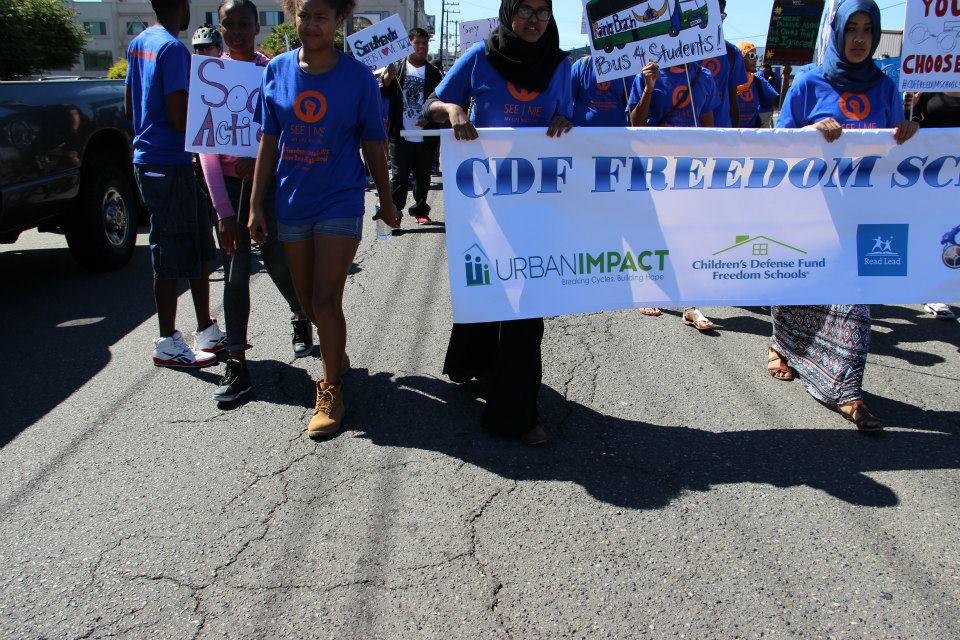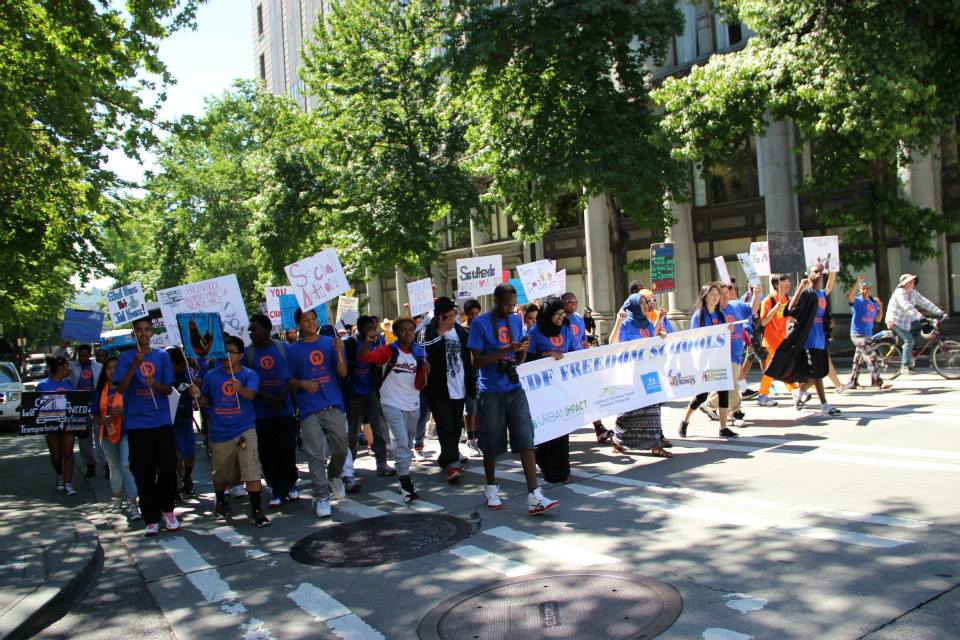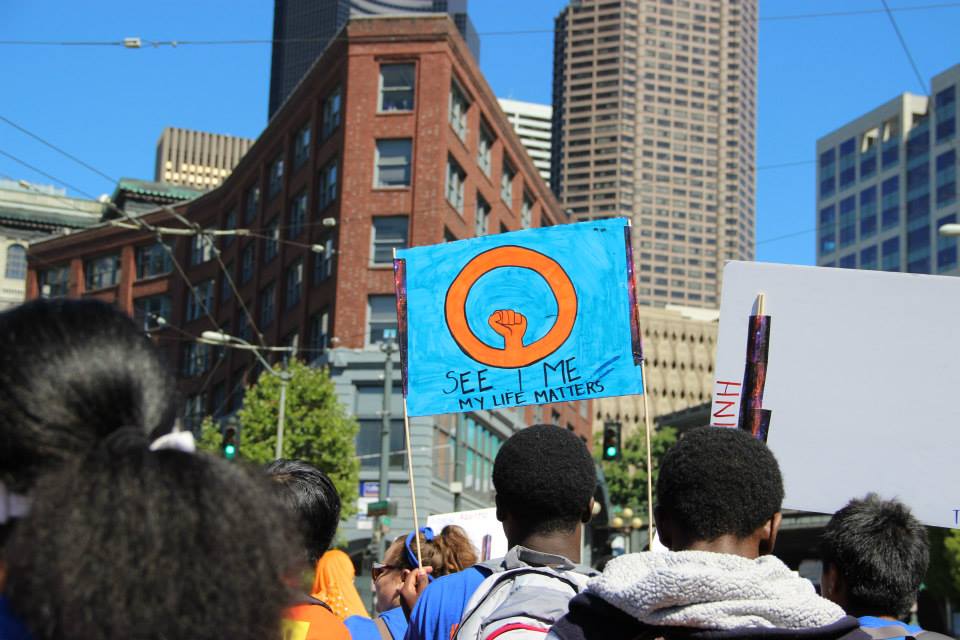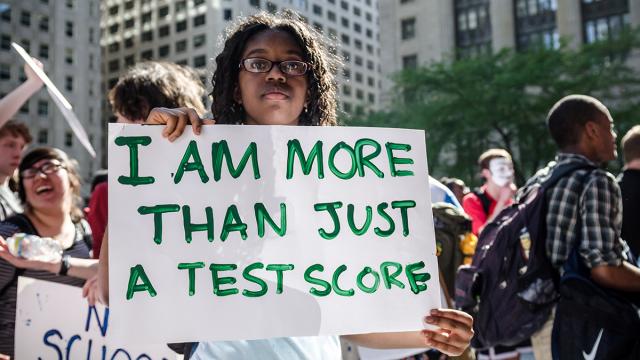
In 2001, my parents, my siblings and I emigrated from Uganda for a better life. We traveled across seas, leaving everything tangible behind, in hopes of an idealized life abroad. We battled internal pains, suffered tremendous loss, and sold a piece of each of our souls to arrive in the land where dreams come true. Once we got here, we quickly realized the illusions we had seen on pamphlets in Africa were just that, illusions. The promises that were offered were nothing but solid sales pitches.
Traveling to America, we never dared to assume that we would be characterized by the color of our skin. We too had heard the great words of Dr. Martin Luther King, Jr. and expected to be judged on the content of our character. In Uganda, everyone was the same color; racial discrimination and prejudice were newfound pains pushed upon us in the United States. Through our everyday struggle of searching for employment and housing, we never expected our skin color would be such a negative barrier in a country that claimed to be dedicated to "freedom and justice for all."
How naive of us.
As a black and Muslim immigrant, I could write for days about the ways in which my family has experienced racism in the United States – both at the individual and institutional levels. Being a young person, one of the primary sources of the institutional racism I experience is the public school system.
The school I currently attend is Rainier Beach High School, located in South Seattle. Although Seattle is one of the most homogeneous major cities in the country, with nearly 70% of the population being white, my neighborhood in the South End is very much the opposite. In fact, a few years ago the neighborhood where my school is located, 98118, was considered to be among the most diverse zip codes in the country.
At Beach, we have approximately 95% students of color and over 50 languages spoken, making us the most diverse school in the Seattle School District. Nearly nine in ten students here receive free/reduced lunch, meaning the majority of us come from low income families, many of whom are immigrants. These statistics are exactly why I selected Beach when choosing a high school. I wanted to receive my education in a diverse multi-cultural setting. I didn’t want to be the only brown girl in my class. I wanted to belong.
In addition to our status as a culturally rich school, we also have impressive athletic achievements, most notably multiple state championships in basketball, as well as academic achievements. For instance, Beach achieved the highest graduation rate in the district, and we are seeing a steady upward trend in test scores and attendance rates. We've also been recognized on the national level for our International Baccalaureate program. Given all the positive data, one would expect the city and school district to shower Rainier Beach with resources and support. Unfortunately, this has not been the case.
For so long we have been told that there is no funding in the district budget to give RBHS the support it needs. Built in 1960, our school is the only one in the district that has not yet received a full renovation. Just last year we had nearly 15 power outages, some of them causing us to attend school in the dark and cold, or even to close school for the day. Our school still has chalkboards, whereas schools in whiter and more affluent neighborhoods have smart boards and more advanced technological tools that enhance student learning. Each year, students here organize walk outs and protests, and attend school board and city hall meetings – but we only receive promises of a new building. Promises that go unfulfilled.
Another public school policy that disproportionately affects students and families of lower income is the "Walk-Zone" rule. Seattle Public Schools doesn't provide school buses to middle or high schools; rather, students are expected to use the city Metro buses. The Walk-Zone rule requires students who live within 2.5 miles of their school to walk or pay for their own public transportation.
This rule greatly affects students’ attendance rates at Rainier Beach because we don’t have the privilege of being driven to school. Many of us don't have access to a car at all, whereas some schools in the north end of the district actually have a lottery process to get a student parking pass. We come from working families, often single-parent homes with multiple kids to support. For someone like me with younger siblings, it means getting them to school before continuing on my own way to school. In order to do this I have to wake up hours earlier, and this has a negative consequence on my attendance and tardy rates.
The cost of a round trip bus ticket to school is $3 a day. To put this in perspective, remember that 88% of students at RBHS have free or reduced lunch. This means their family's income is low enough that they cannot afford $1.50 a day for lunch. If a student cannot afford $1.50 a day for lunch, how can they be expected to pay for a bus that costs twice as much as lunch? Does that make any sense at all?
These injustices are the reasons why I decided to apply for an internship with Children's Defense Fund Freedom Schools this summer at Rainier Beach. CDF Freedom Schools is a national movement that empowers young scholars to make a difference for themselves, their families, their communities and their world. Rooted in literacy, the books we read at Freedom Schools flipped the standard U.S. education curriculum so that it fit our personal multicultural narratives. Books like "The Rock And The River" by Kekla Magoon tell the story of characters of color with struggles that black and brown students can relate to, an experience they don't often have in the U.S. school system.
On July 31, near the conclusion of the six-week CDF Freedom School program, we participated in a National Day of Social Action. All CDF Freedom Schools across the country came up with individual ways to make an impact in their community. Being a CDF Freedom school site hosted at Rainier Beach High, we decided to take on some of the aforementioned injustices Rainier Beach students face: transportation and conditions of the school building.
We organized a rally and march from the Seattle Schools District Office through downtown to City Hall, a distance of 1.7 miles that took about 40 minutes to walk – not even half as far as most students affected by the walk-zone travel each day to get to and from school. At City Hall, we were joined by CDF Freedom Schools elementary site with some scholars as young as five years old. There, in City Hall Plaza, we held Harambee – a Swahili word meaning "Let's pull together," where we sang, danced and cheered.
And we weren't alone. We were joined in solidarity by many community members and organizations such as the Transit Rider's Union. Scholars made speeches and gave personal testimonies of the violence and sexual harassment they have encountered on their long walks to school. We demanded Orca Cards (bus passes) and a new school building. After this, the Mayor of Seattle, Ed Murray, came and addressed us. He spoke a sweet talk, however we all know that talk is just talk. After all, the Seattle City Council just approved $210 million to build a new youth jail. That money should be invested in education, not incarceration.
After the Day of Social Action, a representative from the school board came and visited our site, telling us the district had heard us loud and clear and would work to achieve the changes we asked for as quickly as possible. The school board suggested we send letters to the mayor as a follow-up, because they would need the city council to be on board. Interestingly enough, when I spoke to the mayor, he told me we should be speaking with the school district to get the results we were looking for.
But we don’t just want Orca Cards. We want the Walk-Zone policy to change, and we want all inequitable policies to be challenged. We don’t just want a building renovation: We want a renovation inside the hearts and souls of the people we elected to represent us. Until those things are achieved, we will be here on the front lines, fighting.
We are Rainier Beach, we are Freedom Fighters, we are people of color, we are immigrants, we are youth – our voices matter, and boy, are we loud.
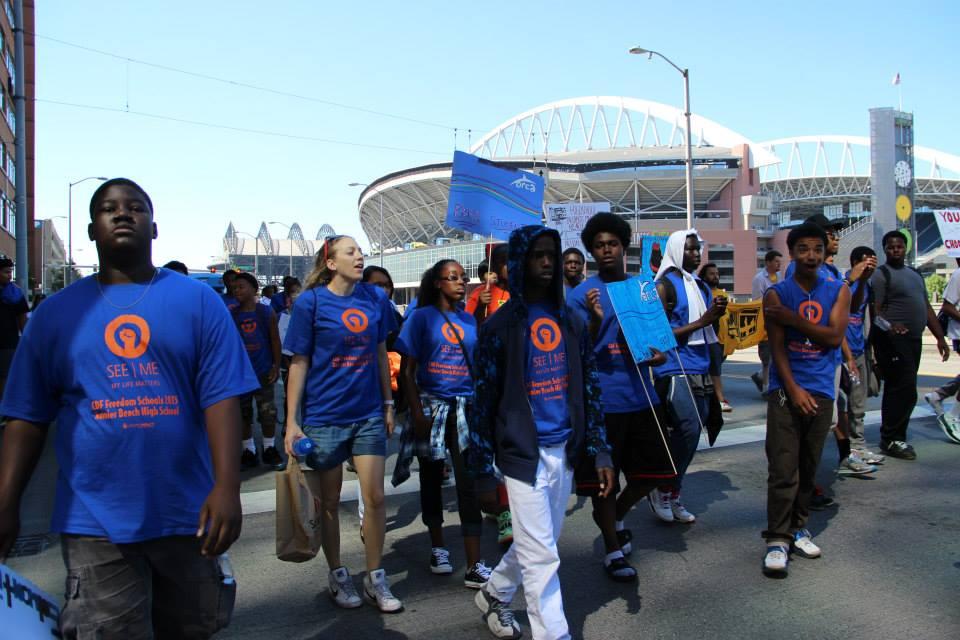
3 WAYS TO SHOW YOUR SUPPORT
- Log in to post comments

